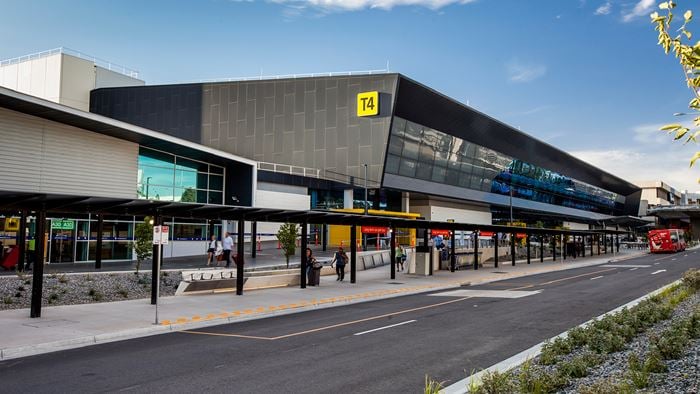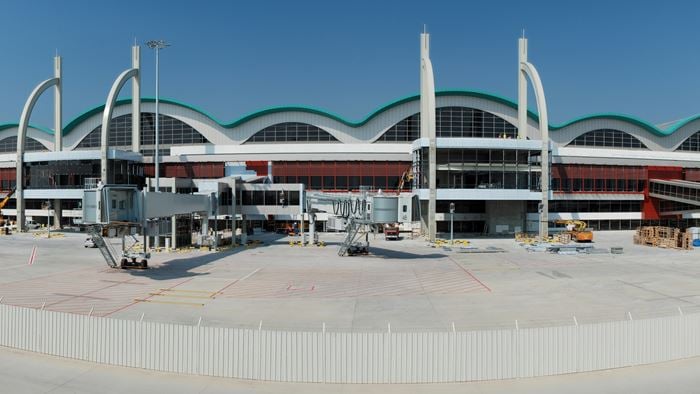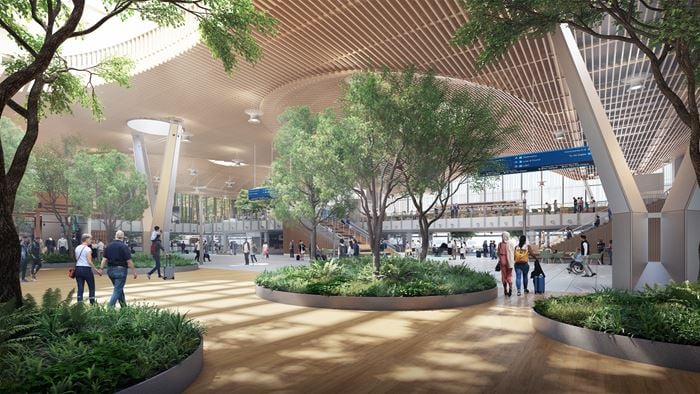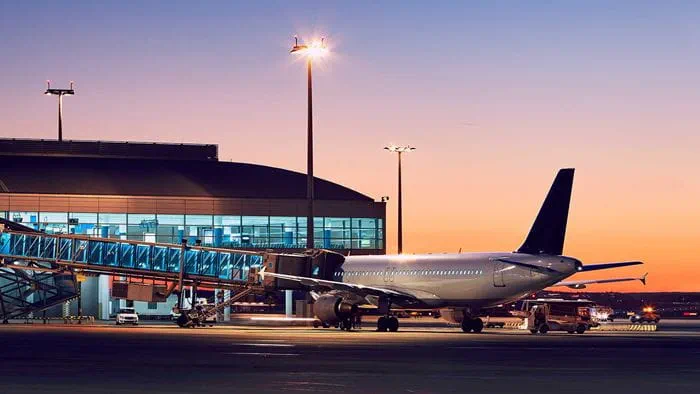By any measure, Terminal 3 at Beijing Capital International Airport is a massive structure.
It comprises about 1 million square meters of constructed floor area – equivalent to about a fifth of the total office space of the entire Sydney CBD where upwards of 500,000 people work / visit daily. And if you laid the 3.4 km terminal over Sydney, it would stretch across the city, from the Harbour Bridge to Central Railway.
But even Beijing Terminal 3 is not the world’s biggest airport terminal building. That title goes to Dubai Terminal 3, which opened only a few months after Beijing in 2008.
Airport terminals are designed so they can cope with the busiest hour of the forecast travel in a city gateway, and as more people have taken to the skies, terminals have increased in size to meet that ever growing demand. So a major airport might have 60 million passengers coming through a year and be required to have the capacity to accommodate 60,000 people in the terminal during that peak hour.
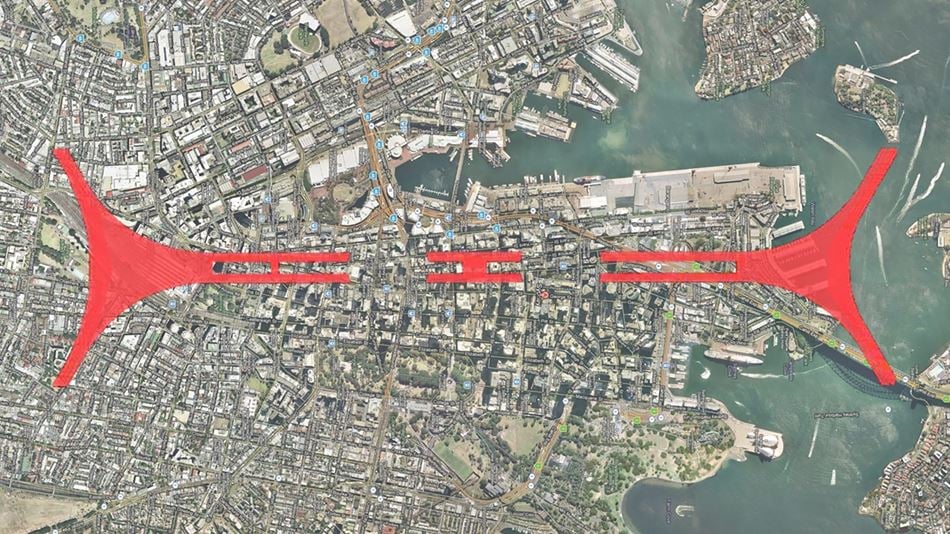
Yet the terminals in Beijing and Dubai are potentially getting to the high point of the trend towards huge airport terminals for major international gateways.
“Terminals will get smarter and smaller as communication technology allows passengers to move more quickly through airports requiring less queuing and waiting time, and hence reduces the peak demand number of passengers having to be accommodated in the terminal. ”
Ronan Delaney Australasia Aviation Skills Leader
This trend will continue even as air travel (in particular in Asia) continues its rapid growth.
The smarter, smaller / leaner terminals will not only be cheaper to build and operate and have less impact on the environment, they’ll also provide a more convenient and better tailored customer experience.
My recent experience at the Qantas domestic Terminal 3 is a good example of how the technology is reducing the time business passengers have to spend in the terminal.
When flying domestically in Australia, I used to leave home two hours before my flight. Now I’m able to leave an hour or even a bit less before my flight is due to take off. The major bottleneck was check-in queue, which created a backup at the terminal doors while passengers got out of their taxis and unloaded their bags, and this back up in turn spilled out into the traffic network, with large numbers of taxis / cars queuing just to drop off their passengers.
But Qantas’ introduction of Q-cards for check in and Q-tags for baggage has slashed the queues. Instead of queuing for check in, I swipe my Q-card and receive a text message telling me my seat and gate number. And I just leave my bag at a Bag Drop because it has a Q-tag, which like the Q-card contains near field communication technology so it can be electronically identified and tracked.
This also means that Qantas can better track where I am in the terminal building. This means fewer delays and a reduction in congestion while they try to find a missing passenger.
These changes have probably increased the T3 effective capacity by about 30 to 40 per cent and it potentially saved Qantas from having to build another pier or terminal.
A new way to build Badgerys Creek?
Terminals being built from scratch have even more to gain from these efficiencies.
Dubai World Central Al Maktoum International Airport, currently under design and construction, is being planned to handle up to 200 million passengers a year. Under the old model of airport terminal, this would have required a gargantuan building of about 7 - 8 million square meters at a cost of tens of billions of dollars.
Instead Dubai Airport asked Arup and some other firms to consider what the airport of the future could look like. The result will be a system that will see most passengers check in and deposit their bags at a city railway station before they board the train for a relaxed ride to the airport. The passengers will arrive, they’ll already have their boarding passes, and their bags will have gone on ahead of them, so they’ll walk through security / passport control and go straight to right part of the large terminal where their gate / aircraft will be ready for them.
Under such a design, the terminal could be a lot smaller, at about 2 million square meters, and it will cost a lot less to build.
These advancements don’t just save on terminal space. The reduced scale and travel distances as well as the new technological advancements will also improve the overall customer experience.
Take dining in an airport, for example. In many airports you might wander around a food court, queue up and order your food, then walk around with your tray looking for a free table. Often by the time you’ve found one you have to rush your meal because your flight is boarding soon.
At Terminal 5 at JFK in New York JetBlue have come up with a potentially clever solution to this problem. Instead of queuing for a meal, passengers find a table, sit down and scan in the barcode of the meal they want from a digital menu. The order is automatically charged to their credit card / or electronic payment system and the order is sent to a central kitchen which prepares and delivers the meal – with plenty of time for the passenger to make their flight because that data was also included in the order.
Retail also has the potential to use the terminal space more efficiently while at the same time providing a better customer experience. Rather than having just the traditional type shopping experience, terminals could feature “activity walls” with product placement. They’ll detect passengers’ presence through their mobile phone with near field communication and tailor offerings to their needs and preferences. Perhaps a sports fan on the way to Melbourne for the weekend might be offered AFL tickets?
These approaches together with the creation of facilities better tailored on a human scale with a lot of natural light, generous seating areas at the gates and clear and intuitive wayfinding inside the terminals will create a welcoming and pleasant environment for travellers.
All of this technology opens up interesting possibilities for the proposed new airport at Badgerys Creek in Sydney’s West. One possibility is to have passengers check in remotely at Liverpool, Parramatta and Penrith city centres. They could leave their bags at these intermodal hubs in the nearby CBDs, attend a meeting or perhaps do a bit of shopping then as their flight time approaches, travel to the airport by pod, similar to the ones currently available at Heathrow Terminal 5.
It’s this sort of forward thinking that will mean that Badgerys Creek Airport isn’t just appropriate for the mid-2020’s when it opens, but it will be a facility that serves the people of Western Sydney and greater New South Wales well beyond the 2050 design horizon that it is currently meant to.
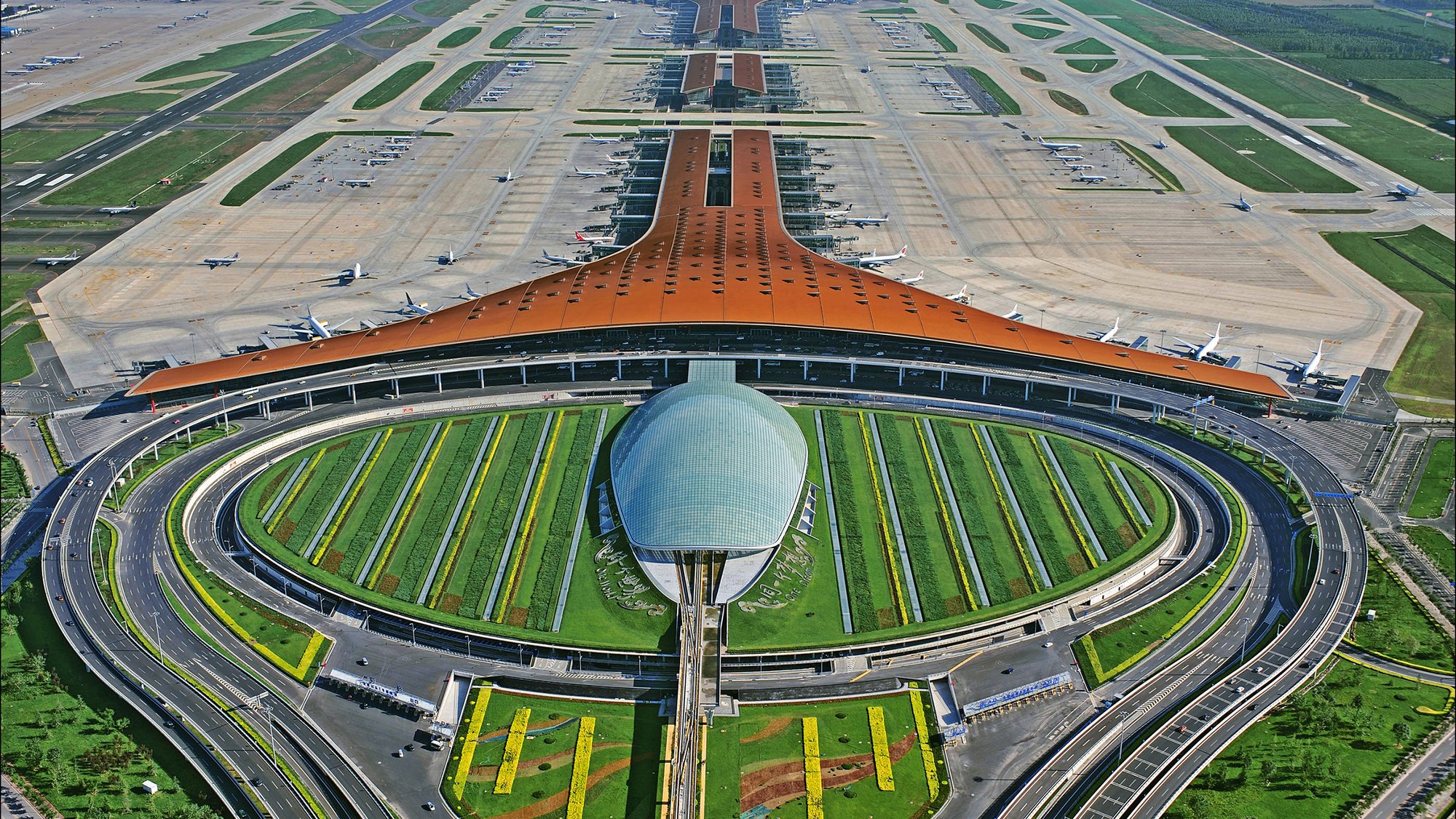 ;
;


